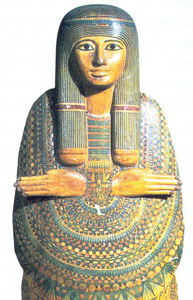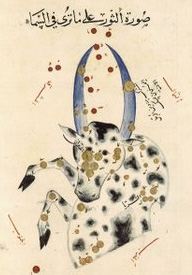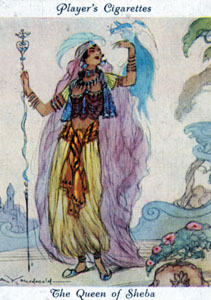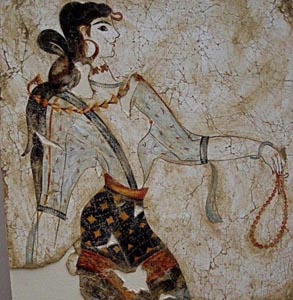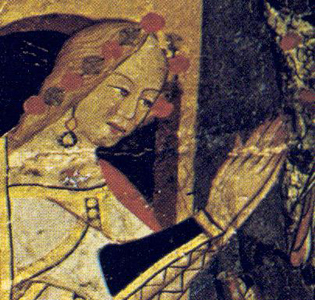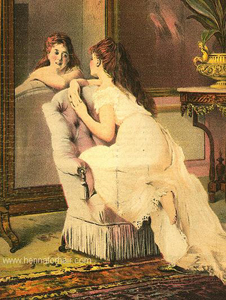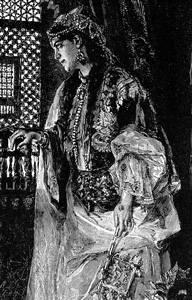The History of Henna
and
Hair
|
Most discussions of henna begin with a statement such as, “the history of henna is lost in the swirling mists of time,” often as a preface to ‘henna originated in MY culture, and my culture has the only TRUE henna heritage.’ Cultural claims are important to the identity of cultures, and the fervor of belief in them is genuine. Henna has been around for a long time, and is well integrated into many cultures. There may be many discoveries, origins, independent and later entangled developments of the cultures of henna. Click on the the images and links in this section to learn more about the complex subject of the history of henna. Climate Change and Culture Influences on Henna in North African Pre-history and Ancient Egypt: Click HERE or on the image above to learn about the primary and secondary evidence for henna use in Ancient Egypt, and the climate changes that drove henna from the 'Green Sahara' into Egypt.
|
Henna, Astronomy, and the Agro-Ecology of the Mediterranean Bronze Age Click HERE or on the image above to learn more about the religio-agricultural system the gave rise to women's henna traditions.
|
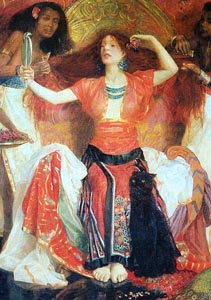 Ancient Mesopotamian and Levantine Henna Click HERE or on the image above to learn more about henna in Mesopotamia, and interpreting henna as mentioned in the Old Testament
|
Early cultural henna use in the Arabian Peninsula and along the Arabian Ocean
Click HERE or on the image above to learn more about the evidence of the early use of henna in the Arabian Peninsula and South Asia.
|
|
Henna during the Late Bronze Age in the Mycenaean Eastern Mediterranean Click HERE or on the image above to learn about henna at the end of the Bronze Age in the eastern Aegean and Greece
|
 Click HERE or on the image above to learn more about the use of henna in Sicily during the 12th century |
|
|
This article discusses the addition of metallic salts and oxidative dyes to henna, how these created conflicts with chemical hair dye, and well as confusion about what henna actually is. Click on links and images below to learn more about the unfortunate intersection of henna and chemical cosmetics in the west. |
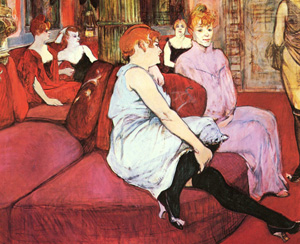 Late 19th century henna, compound henna, rasticks, henna-reng, henna-rasticks, and metallic salts page 3 |
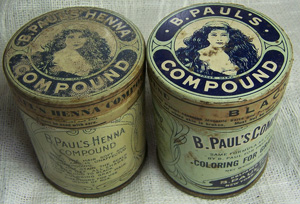 Early 20th century henna mislabeling, misinformation and disinformation page 33 |
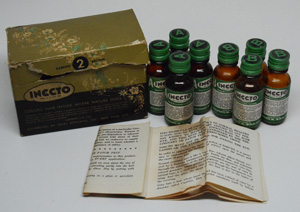 Early 20th century para-phenylenediamine and henna page 50 PPD warnings in New York City, 1928 |
 Early 20th century walnut, silver nitrate, and para-phenylenediamine as brunette hair dye page 87 |
|
|
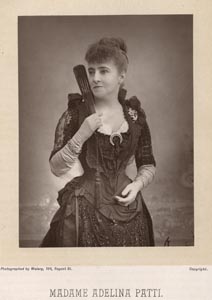 Madame Patti, late 19th century diva credited with popularizing henna in Europe |
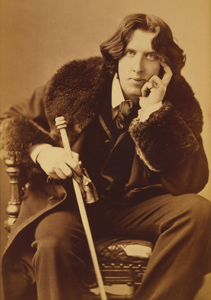 https://www.ancientsunrise.blog/oscar-wilde/ Oscar Wilde’s Hair and Skin: Investigations into His PPD Sensitization and Use of Henna |
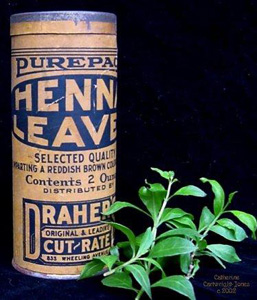 PurePact Henna Leaves, sold in the USA about 1930 |
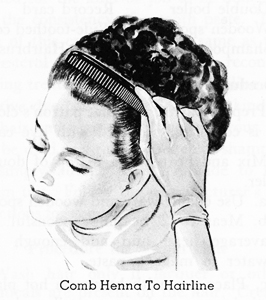 Henna Instructions from a 1940 Textbook for Beauticians |
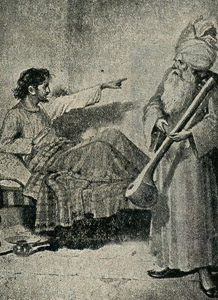 Henna and Musicians with Gray Hair |
